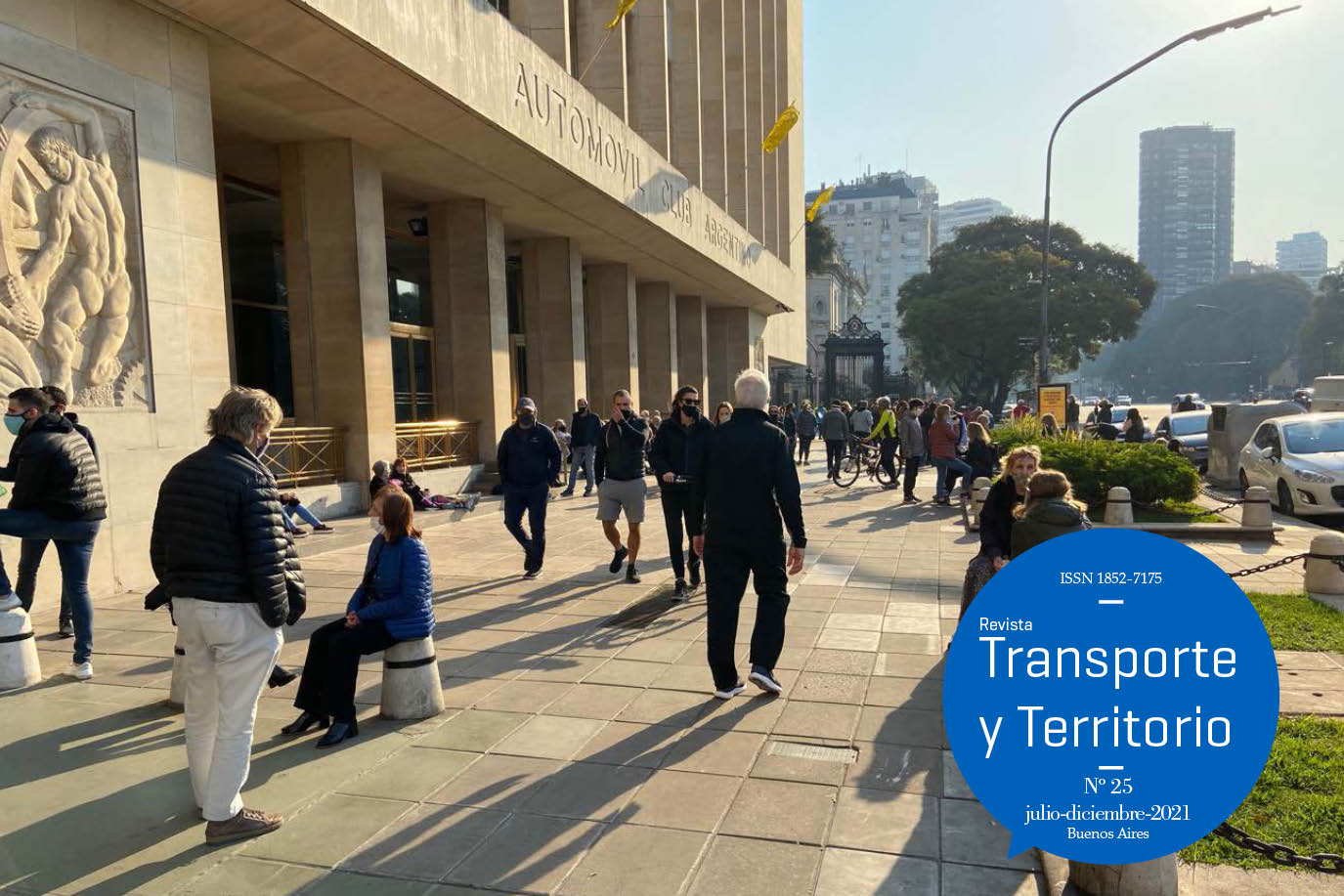Barrier effect and pedestrian crossing on the Celso Mello Azevedo Ring Road, Belo Horizonte (Brazil)
Keywords:
urban roads, barrier effect, community severance, pedestrian crossing, active mobility
Abstract
Highways inserted in the urban space have commonly become obstacles to access and mobility, especially for travel by non-motorized modes. This phenomenon, known as the “barrier effect”, intensifies with demographic growth, expansion of the urban fabric, and increase in the fleet of motor vehicles, as has occurred in several Brazilian cities over the past decades. In this context, the objectives of the present work are to estimate the volume of pedestrian crossings between the margins of the Celso Mello Azevedo Ring Road, an important route used in urban displacements in Belo Horizonte (Brazil), as well as to propose the application of indicators to assess the potential risk for pedestrian crossing. For this purpose, the travel databases of the OD 2012 Survey (RMBH) and the digital vector mesh of the traffic volume of the highway were used, and the results were compared with the occurrence of traffic-accidents per stretch of the highway. The results showed sections 3 and 1 have the highest pedestrian traffic between the margins, however, the application of the indicators pointed to a higher risk of crossing in sections 2 (high risk) and 5 (medium risk) due to the high volume of traffic and low availability of walkways, respectively.Downloads
Download data is not yet available.
Published
2021-12-21
How to Cite
Matos, B., & Lobo, C. (2021). Barrier effect and pedestrian crossing on the Celso Mello Azevedo Ring Road, Belo Horizonte (Brazil). Revista Transporte Y Territorio, (25). https://doi.org/10.34096/rtt.i25.8043
Section
Artículos

1.jpg)

3.png)























